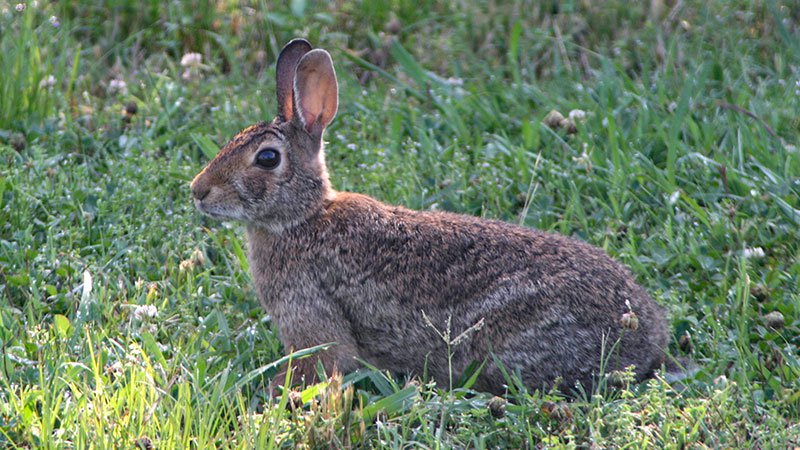Rabbit disease spotted in Arkansas
ON 04-07-2021

April 7, 2021
Randy Zellers
Assistant Chief of Communications
JONESBORO — The Arkansas Department of Agriculture has identified The Natural State’s first positive case of a fatal rabbit disease in a domestic rabbit in northeast Arkansas.
Rabbit Hemorrhagic Disease Virus is a highly contagious virus that is nearly always fatal and is capable of causing high mortality in both domestic and wild rabbit species. The virus has been recognized since the 1980s as a disease of domestic rabbits, but a new strain (RHDV-2) emerged in 2010, which also affects wild rabbit and hare species native to North America, including Arkansas’s two native rabbit species, the eastern cottontail and swamp rabbit. According to the United States Department of Agriculture’s RHDV-tracking map, Arkansas is the 10th state where the disease has been confirmed. This is the easternmost detection of the disease in the U.S. so far.
The ADA has protocols requiring domestic rabbits to have a Certificate of Veterinary Inspection issued by an accredited veterinarian before being brought into Arkansas. Wild rabbit species kept as pets must have an up-to-date CVI along with an importation permit issued by the Arkansas Game and Fish Commission.
Dr. Jenn Ballard, state wildlife veterinarian for the AGFC, says the detection has only been documented in a single domestic rabbit so far, and there have been no reports of wild rabbits with signs of the disease in Arkansas yet.
“Once a disease is found in wild populations, it may become established with little hope of eradication,” Ballard said. “Our best way to protect the resource is to prevent the introduction of the disease. After that, rapid response is paramount. It is extremely important to report any rabbits, domestic or wild that exhibit signs of infection as soon as possible so we can respond and determine the extent of the disease’s spread.”
Ballard says outdoors enthusiasts should be on the lookout for any concentrations of dead rabbits in the wild or rabbits that appear bewildered, weak or lethargic.
Signs of the disease in domestic rabbits include loss of appetite, lethargy, fever, seizures, bleeding from the mouth or nose and difficulty breathing.
Ballard stresses that RHDV-2 is not the same thing as tularemia, also known as “rabbit fever,” a well-known bacterial disease that can be passed to humans.
“RHDV is not known to infect humans, other pets or livestock outside of the rabbit and hare family,” Ballard said. “But this virus has the potential to be very destructive in rabbit populations where it occurs, so we must stay vigilant.”
Ballard stresses that any person who finds a concentration of dead rabbits while in the outdoors should contact the AGFC’s wildlife health program immediately with coordinates of the location. Details may be emailed to agfc.health@agfc.ar.gov.
A brochure about RHDV is available at www.agfc.com/en/hunting/small-game/rabbit.
Recent News

AGFC Commissioner Meeting Notice
Jul. 8, 2025

AGFC fish attractors unlock offshore fishing code
Jul. 8, 2025
Subscribe to Our Weekly Newsletter E-mails
Don’t miss another issue. Sign up now to receive the AGFC Wildlife Weekly Newsletter in your mailbox every Wednesday afternoon (Waterfowl Reports are published weekly during waterfowl season and periodically outside the season). Fishing Reports arrive on Thursdays. Fill in the following fields and hit submit. Thanks, and welcome!
